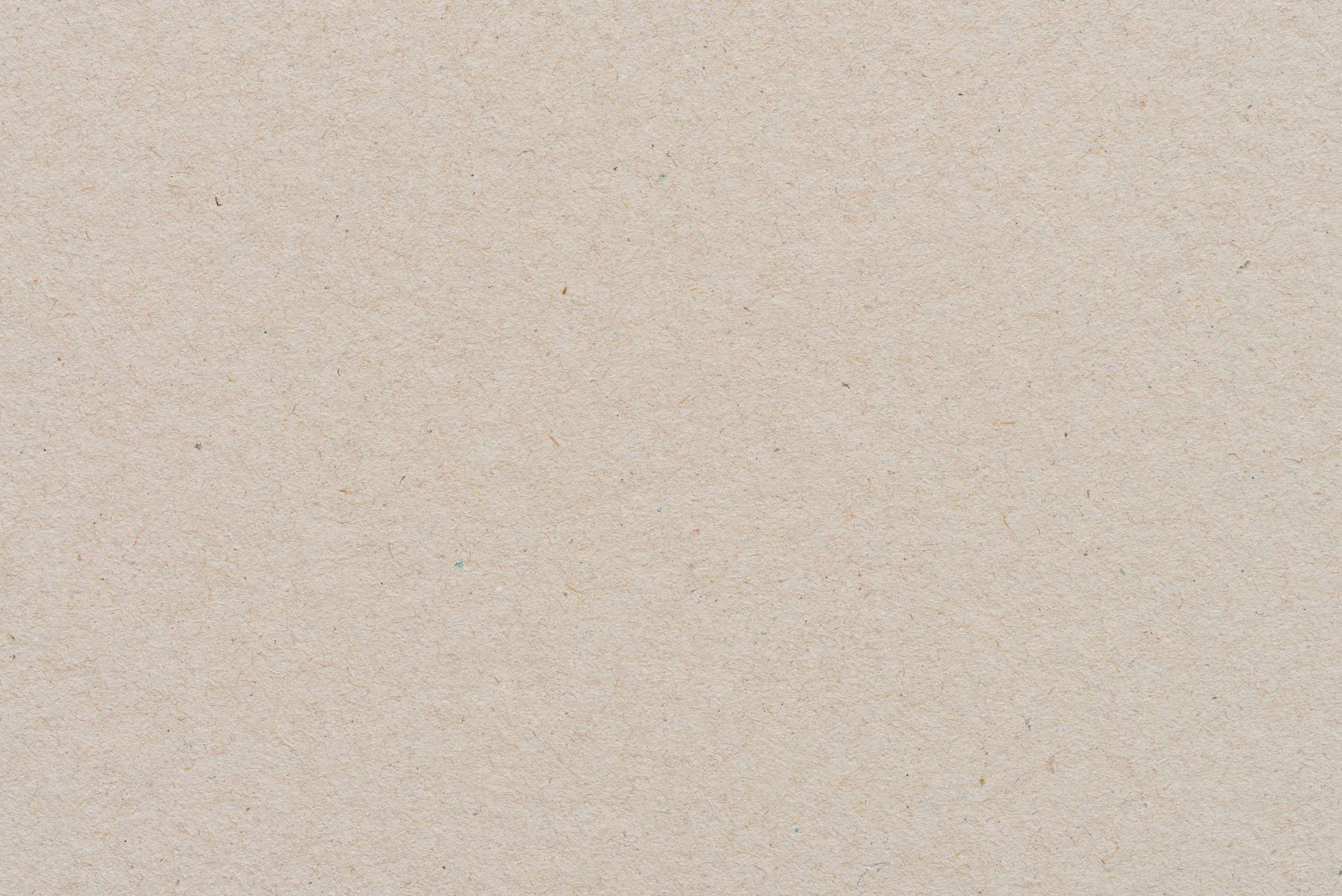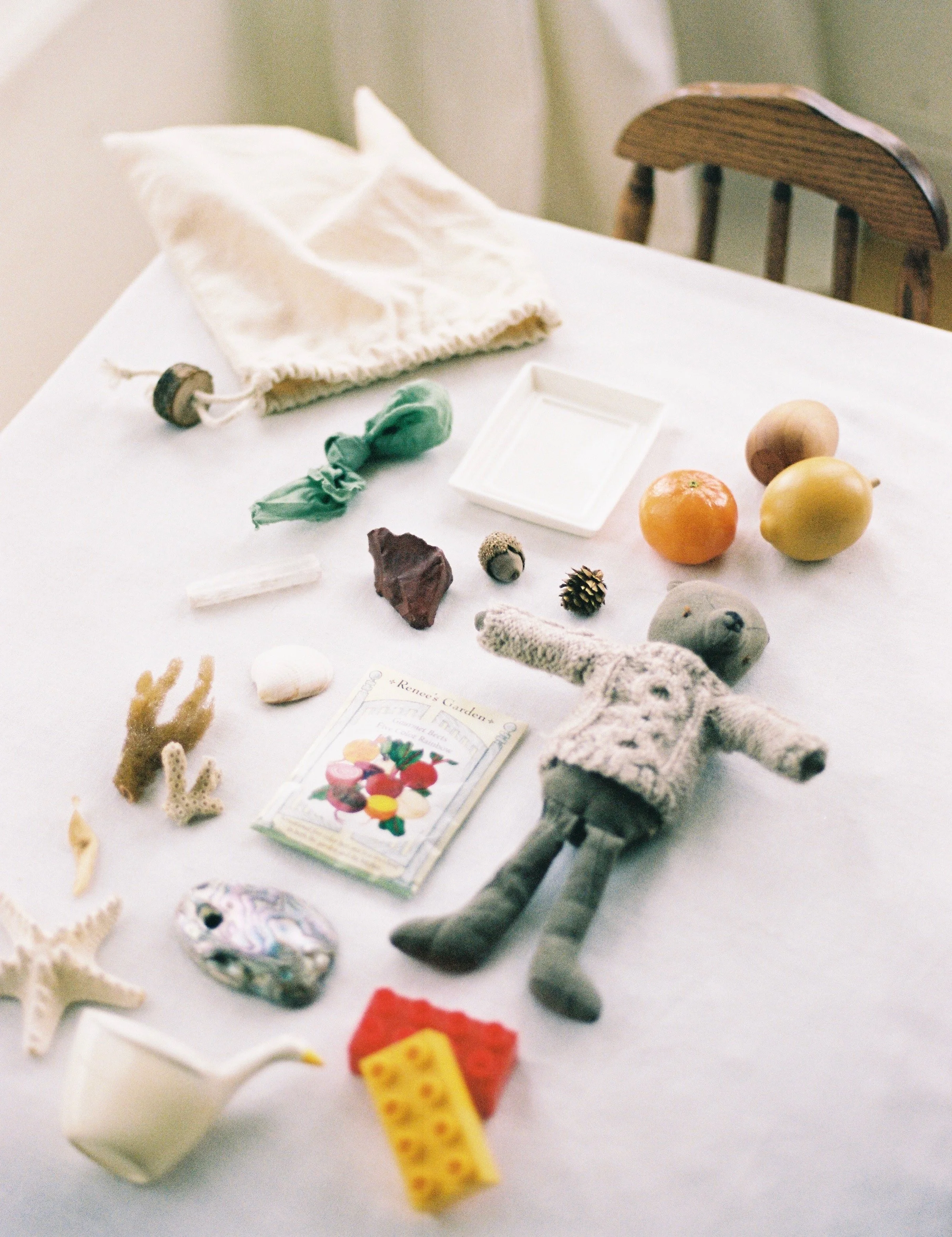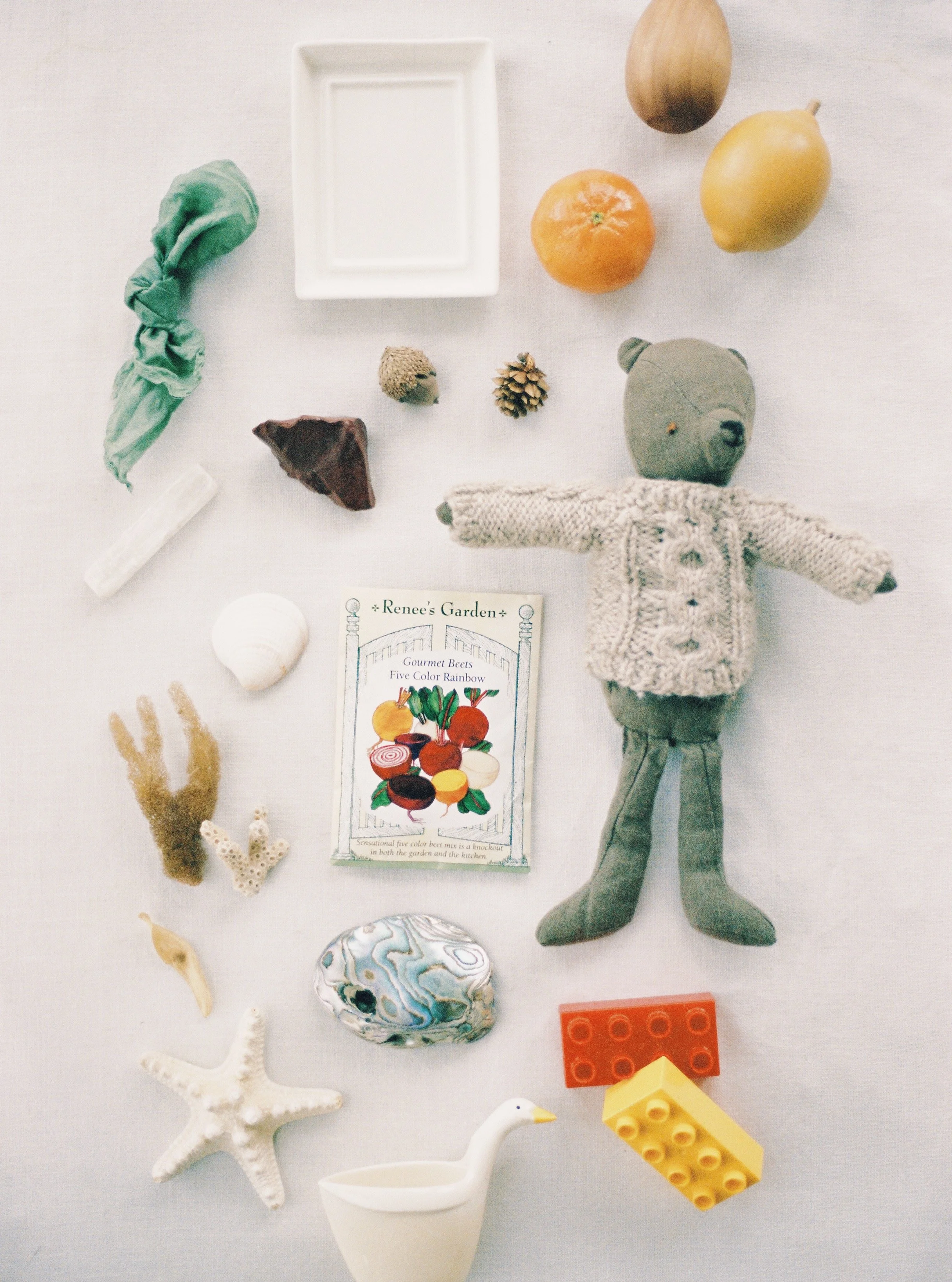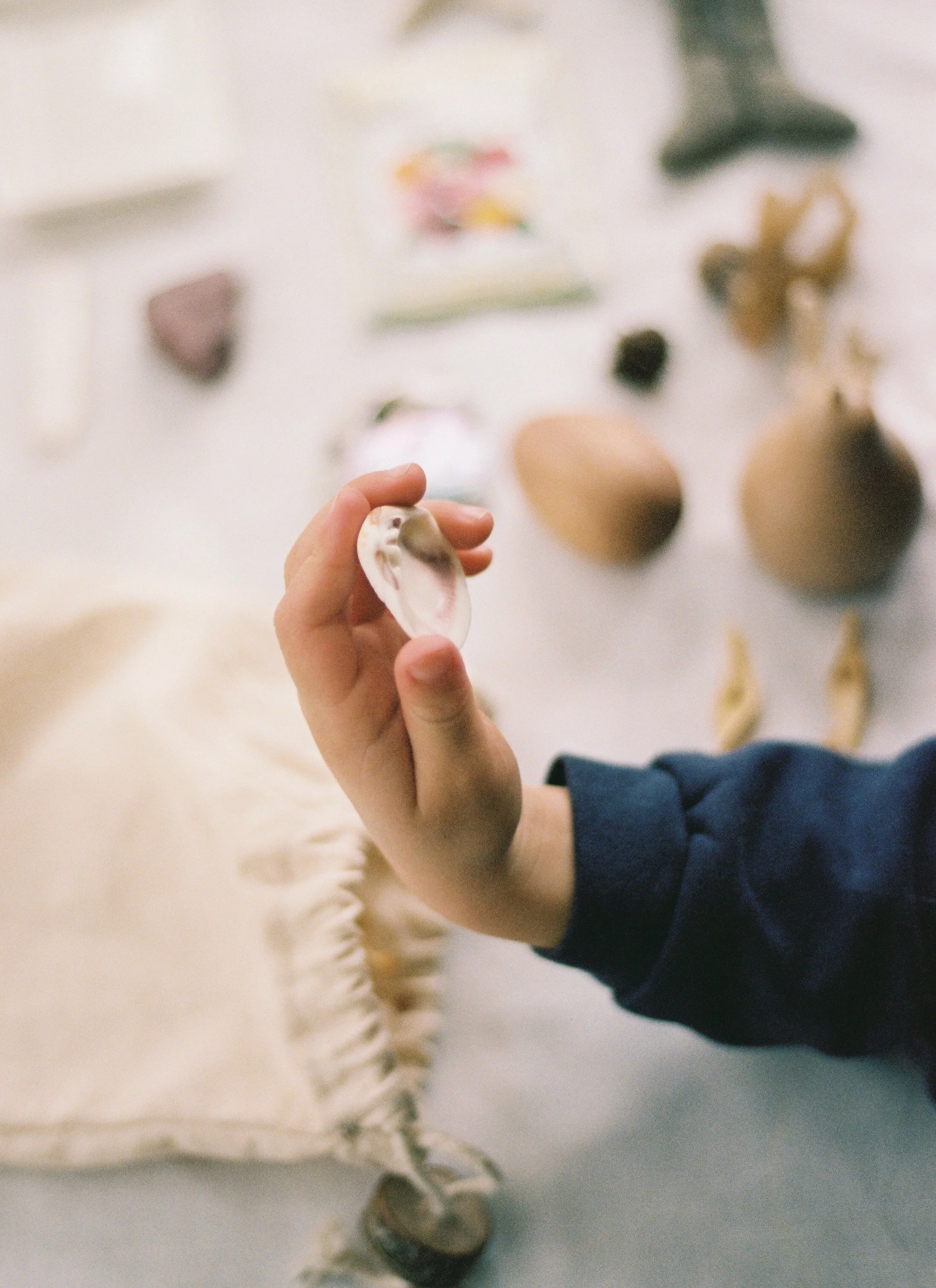
Organic Matter
LESSON 3
Children explore organic matter as they participate in a game called “Is This Organic Matter?” and sort physical objects.
The book “Up in the Garden and Down in the Dirt” by Kate Messner (or listen to it here)
A bag or basket to hold items.
Materials for the “Is This Organic Matter?” Game. Some ideas: Rocks, paper, cotton clothing or toys, wool, leaves or grass, flowers, plastic, seeds, utensils, glass, any fruit or vegetable, gems, worms (printed picture), cement, poop or manure (printed picture).
Materials
Gather all the items for the game and put them in a large bag.
Set aside the book for the end of the lesson.
Preparations
Engage children in learning by asking thoughtful questions.
Provide opportunities for children to make observations.
Support new vocabulary as children review the layers of soil and learn about organic matter.
Objectives for Teachers
Objectives for Children
Children thoughtfully reflect on their learning from the previous lesson.
Children use critical thinking as they learn about the difference between organic and non-organic matter.
Children classify physical objects as organic matter or non-organic matter.

Collect and Connect
Practice saying the poem “Dirt on My Shirt” together with the actions you came up with.
Dirt on My Shirt
By Jeff Foxworthy
There’s dirt on my shirt,
And leaves in my hair.
There’s mud on my boots,
But I don’t really care.
Playing outside is so much fun,
To breathe the clean air,
And feel the warm sun.
To stomp in a puddle,
Or climb a big tree,
Makes me quite happy,
Just look and you’ll see.

Activity Flow
Initiate a discussion with your child as you review the previous lesson. Some questions you could ask are:
What are the different layers of soil? Can you tell me about them?
Why is soil important?
Do you remember what the floating material that was floating is called?
2. Tell your child that today you will be exploring another important part of soil. Ask if they have ever heard of organic matter before? It is probably a new term they haven’t heard of before. Organic matter includes anything that comes from living organisms or things that were once alive. For instance, a twig is organic matter because it comes from a living tree. However, a plastic toy is not organic matter because it didn't come from anything alive.
3. Introduce a fun game called "Is This Organic Matter?" Have your child close their eyes and pull out an item from the bag. Then, they guess whether it's organic matter or not. Depending on their answer, explain why it is or isn't organic matter. For example, wool is organic because it comes from something living. After discussing each item, have your child sort them into two piles: organic and inorganic.
4. Conclude the lesson by re-reading the story “Up in the Garden and Down in the Dirt.” Re-reading stories with children is beneficial because it helps reinforce comprehension, vocabulary, and language skills. It also allows children to make connections between the story and their own experiences, fostering deeper understanding and critical thinking. As you read, engage children by pointing to various objects and asking, "Is This Organic Matter?" Encourage them to explain their answers, promoting deeper understanding.
5. As an extension activity, children can draw or sculpt items from the story and categorize them as organic or inorganic matter, reinforcing their understanding. Extend the game beyond the lesson by playing it during nature walks or grocery store visits. Encourage children to notice different materials objects are made of. Consider different scenarios like a wooden bathtub, clothing made out of metal, or using plastic or paper bags versus reusable bags, to explore the benefits and disadvantages of each. This activity promotes critical thinking and environmental awareness in children.



